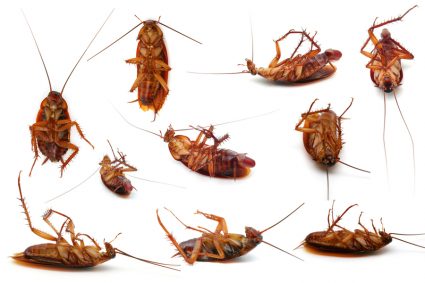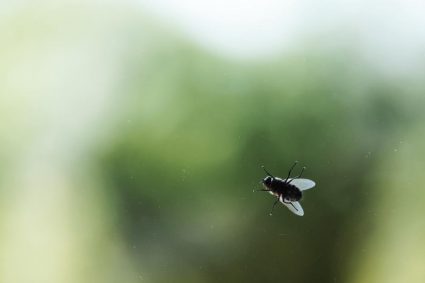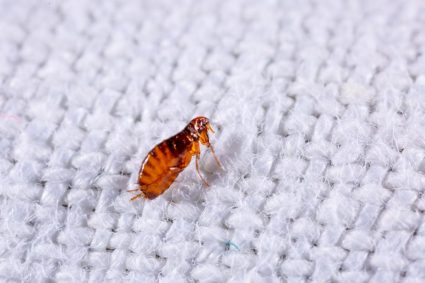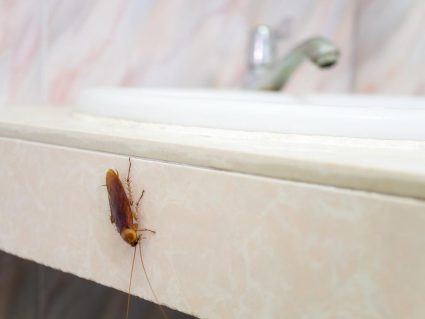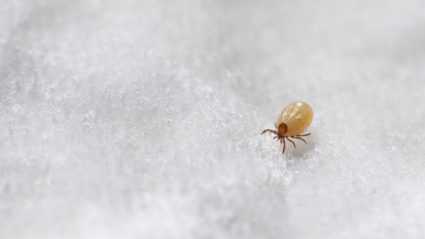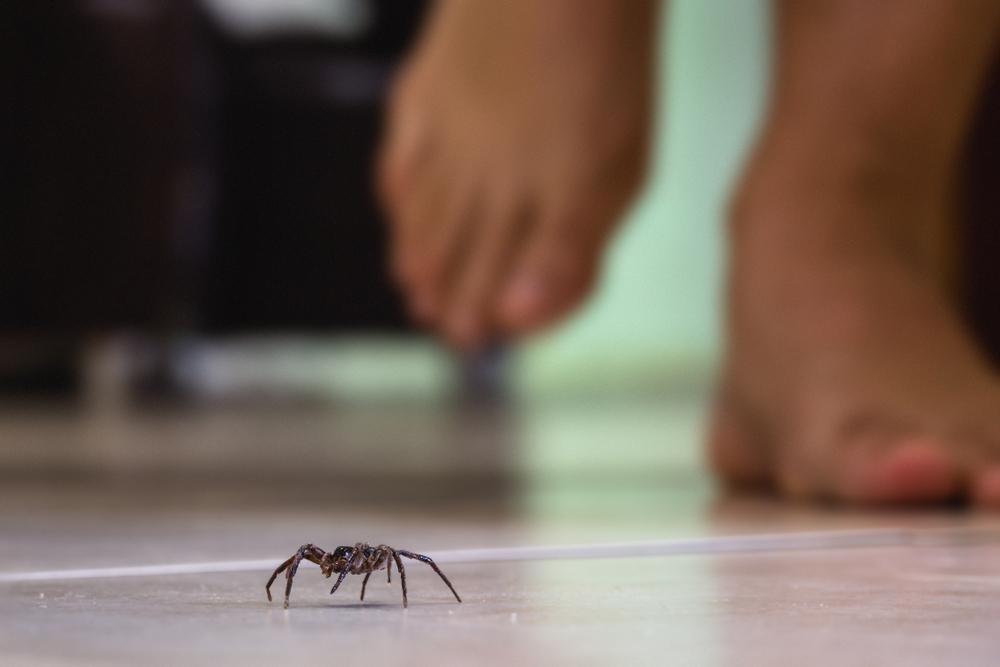
Spider bites are a rare occurrence in the UK, but when they happen, it’s crucial to know what they look like and what steps you should take. In this comprehensive guide, we will delve into the identification, symptoms, treatment, and prevention of UK spider bites.
A UK spider bite typically appears as a small, red bump on the skin, often with faint puncture marks. Symptoms can include swelling, discomfort, and in some cases, systemic symptoms such as nausea, sweating, and muscle pain. However, many insect bites can cause similar symptoms, making it difficult to positively identify a bite as a spider bite without expert assessment.
Identifying a UK Spider Bite
A spider bite typically manifests as a small, red bump on the skin, often accompanied by faint puncture marks. Swelling and discomfort are common, and in some cases, systemic symptoms such as nausea, sweating, and muscle pain can occur. It’s important to remember that many insect bites can cause similar symptoms, making it difficult to positively identify a bite as a spider bite without expert assessment.
Common Spiders in the UK
While the UK is home to over 650 species of spiders, only a few are known to bite humans. These include:
- False Widow Spider (Steatoda nobilis): Often mistaken for the more dangerous Black Widow, the False Widow is the most venomous spider in the UK. However, its bite is usually not harmful and causes symptoms similar to a bee or wasp sting.
- Tube Web Spider: Commonly found in gardens and homes, their bites can be painful but are not lethal.
- Woodlouse Spider: Their bites are extremely uncommon, and the venom is less concerning than the puncture wound the bite causes.
- Cardinal Spider: These spiders can bite, but their bites are not venomous.
- Lace-Webbed Spider: Bites from this spider can cause localized swelling for some hours.
Symptoms of a UK Spider Bite
Immediately after a spider bite, you might experience pain and swelling around the bite area, which can sometimes spread into your abdomen, back, or chest. Other symptoms include redness, faint puncture marks, cramping, nausea, vomiting, tremors, and sweating. In severe cases, difficulty breathing, severe headache, and painful muscle cramps may occur.
Treating a Spider Bite
If you suspect you’ve been bitten by a spider, clean the wound with mild soap and water, apply a cold compress to reduce swelling and pain, and elevate the affected area if possible. Over-the-counter pain relievers can help manage the discomfort. Avoid scratching the bite to prevent infection. If symptoms worsen or you experience difficulty breathing, seek medical help immediately.
Preventing Spider Bites
To minimize your chances of getting bitten by a spider, wear protective clothing when in areas where spiders may be present, use insect repellent, keep your living space clean, and seal any potential entry points in your home. If you’re moving items that have been stored for a while, wear gloves and be cautious as spiders may be hiding in these spaces.
In conclusion, while UK spider bites are uncommon and typically not dangerous, it’s essential to know how to identify them and what steps to take if you get bitten. Always remember, if you’re unsure or if symptoms worsen, don’t hesitate to seek medical help.
Frequently Asked Questions
How long does it take for a UK spider bite to heal?
Spider bites usually take a week to ten days to heal. However, this can vary depending on the individual’s health status and whether or not the bite becomes infected.
Can I get an allergic reaction to a UK spider bite?
Yes, some individuals may have an allergic reaction to a spider bite, which can result in more severe symptoms such as difficulty breathing, chest pain, and swelling of the face, lips, or throat. If you experience these symptoms, seek medical attention immediately.
Are there any long-term effects of a spider bite?
In most cases, spider bites from UK spiders do not have long-term effects. However, if a bite becomes infected or if an individual has a severe allergic reaction, there could potentially be long-term health effects.
What should I do if a child or pet gets bitten by a spider?
If a child or pet gets bitten by a spider, clean the wound and apply a cold compress as you would for an adult. Monitor them closely for any severe symptoms, and if these occur or if the child or pet seems excessively uncomfortable, seek medical or veterinary help immediately.
How can I identify a dangerous spider in the UK?
The most venomous spider in the UK is the False Widow Spider, which can be recognized by its shiny, globular body and pale markings. However, it’s important to remember that even the False Widow’s bite is usually not harmful to humans and causes symptoms similar to a bee or wasp sting.

